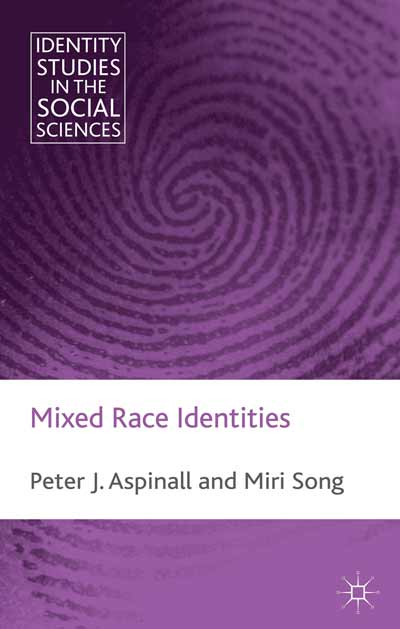Show Boat: Performing Race in an American MusicalPosted in Books, Literary/Artistic Criticism, Media Archive, Monographs, United States on 2013-03-28 21:18Z by Steven |
Show Boat: Performing Race in an American Musical
Oxford University Press
October 2012
328 pages
ISBN13: 9780199759378; ISBN10: 0199759375
Todd Decker, Assistant Professor, Musicology
Washington University in St. Louis
Show Boat: Performing Race in an American Musical tells the full story of the making and remaking of the most important musical in Broadway history. Drawing on exhaustive archival research and including much new information from early draft scripts and scores, this book reveals how Oscar Hammerstein II and Jerome Kern created Show Boat in the crucible of the Jazz Age to fit the talents of the show’s original 1927 cast. After showing how major figures such as Paul Robeson and Helen Morgan defined the content of the show, the book goes on to detail how Show Boat was altered by later directors, choreographers, and performers up to the end of the twentieth century. All the major New York productions are covered, as are five important London productions and four Hollywood versions.
Again and again, the story of Show Boat circles back to the power of performers to remake the show, winning appreciative audiences for over seven decades. Unlike most Broadway musicals, Show Boat put black and white performers side by side. This book is the first to take Show Boat’s innovative interracial cast as the defining feature of the show. From its beginnings, Show Boat juxtaposed the talents of black and white performers and mixed the conventions of white-cast operetta and the black-cast musical. Bringing black and white onto the same stage—revealing the mixed-race roots of musical comedy—Show Boat stimulated creative artists and performers to renegotiate the color line as expressed in the American musical. This tremendous longevity allowed Show Boat to enter a creative dialogue with the full span of Broadway history. Show Boat’s voyage through the twentieth century offers a vantage point on more than just the Broadway musical. It tells a complex tale of interracial encounter performed in popular music and dance on the national stage during a century of profound transformations.
Features
- First book to look at the complete history of this landmark work of the Broadway stage through the prism of race.
- Uses exhaustive archival research conducted in Hollywood, New York, London, and elsewhere
- Draws on previously unknown sources, including scripts and scores from the earliest productions, rejected draft scripts for all three Show Boat films, and a musical source for Jerome Kern’s famous melody for “Ol’ Man River.”
- Moves important historical figures such as Paul Robeson to the center of the story of how Show Boat was made.
- Based on over twenty stage productions of Show Boat—including those in London’s West End—and four Hollywood film versions


